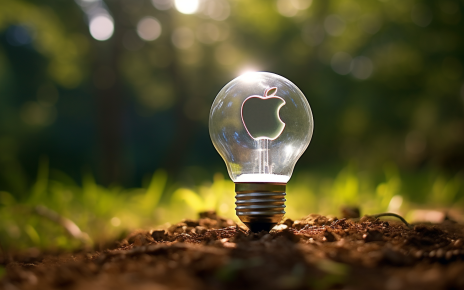Apple Inc., the tech behemoth, has long been known for its captivating products, from the sleek MacBook to the ubiquitous iPhone. The company’s products have a certain allure that has cultivated a dedicated fanbase. However, some consumers have dared to venture beyond Apple’s walled garden, exploring the offerings of other tech giants like Android and Windows. Their experiences provide valuable insights into the world beyond Apple’s ecosystem.
Apple’s products are renowned for their seamless integration and refined user experience. The company’s meticulous attention to both hardware and software results in devices that work smoothly right out of the box. This level of refinement is one of the reasons why Apple has such a loyal following. However, leaving Apple’s ecosystem can be a daunting task, filled with both challenges and rewards.
Two former Apple customers who switched to Android and Windows shared their experiences. They cited various reasons for their decision to try something new, from the desire for innovation to the need for a change from the norm. The transition wasn’t always smooth, and there were moments when they were reminded of why Apple has such a devoted fanbase.
However, the journey beyond Apple’s ecosystem was also enlightening. One of the individuals, Siu, described the switch as a bold move that allowed her to break free from the norm and discover innovative possibilities. She gained a new perspective on Apple’s strengths and also came to appreciate the virtues of Android.
In conclusion, while Apple’s products offer a refined and seamless user experience, venturing beyond its ecosystem can be an eye-opening experience. It allows individuals to explore innovative possibilities and gain a broader perspective on the tech world.
Frequently Asked Questions (FAQ)
1. What is Apple’s ecosystem?
Apple’s ecosystem refers to the interconnected suite of devices and services offered by Apple, including iPhones, iPads, MacBooks, Apple Watch, Apple TV, and services like iCloud, Apple Music, and the App Store. These products and services are designed to work seamlessly together, creating a unified user experience.
2. What does it mean to switch ecosystems?
Switching ecosystems refers to the process of moving from one tech platform to another. For example, moving from Apple’s ecosystem to Android or Windows would involve changing your devices and adjusting to new operating systems and services.
3. What are the benefits of staying within an ecosystem?
Staying within an ecosystem offers a seamless and integrated user experience. For example, within Apple’s ecosystem, your devices can sync together, allowing you to start a task on one device and finish it on another. Additionally, staying within an ecosystem can make it easier to troubleshoot issues, as you’re dealing with a single manufacturer.
4. What are the potential benefits of switching ecosystems?
Switching ecosystems can offer a fresh perspective and the opportunity to explore new features and services. It can also potentially lead to cost savings, as different ecosystems may offer similar services at different price points.
Glossary of Terms
Ecosystem: In the context of technology, an ecosystem refers to a group of interconnected devices and services designed to work together seamlessly.
Seamless Integration: This refers to the ability of different systems, devices, or applications to work together without the user noticing any transitions or disruptions.
Hardware and Software: Hardware refers to the physical components of a device, while software refers to the programs and data that run on the hardware.
Android and Windows: Android is a mobile operating system developed by Google, used by many smartphone manufacturers. Windows is a series of operating systems developed by Microsoft, commonly used in personal computers and laptops.



